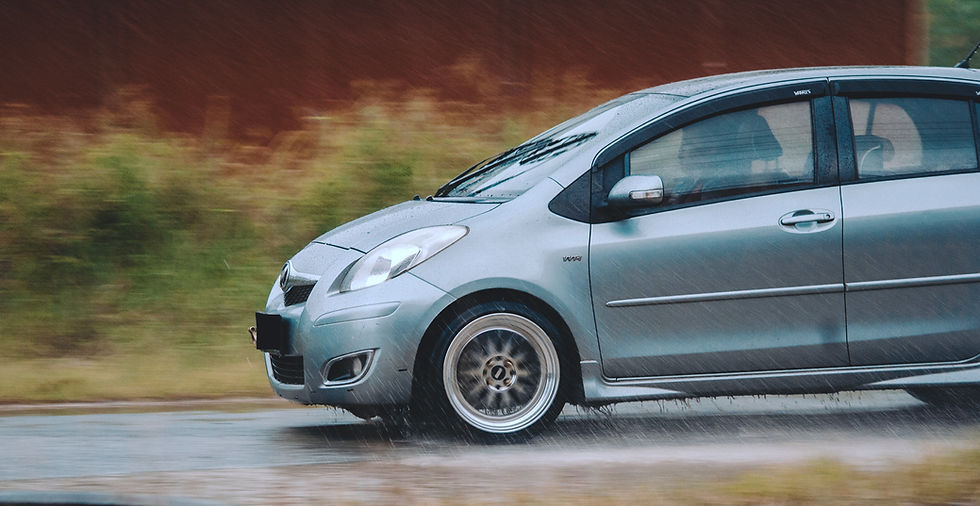How to maintain your car
- yazzi4
- May 10, 2023
- 2 min read
Updated: Nov 17, 2024
If you want to avoid big repairs you must learn how to maintain your car and make sure have regular service maintenance on your vehicles.
Doing regular maintenance keeps your car running great, but it also prevents future headaches. Here at Fairbanks Automotive, I will always check these common problem areas before any major damage can occur.
Recommended maintenance for every vehicle
These are common maintenance items that will be needed for most vehicles at some point and are even recommended by the manufacturers. We've listed what's typical for most vehicles but we make specific recommendations for our customers vehicles based on the make and model and their driving habits:
Tire rotation and balance (every 6,000 miles)
Oil change (depends on oil grade/type)
Air filter change (depends on vehicle and driving habits)
Cabin air filter replacement (annually)
Transmission flush (depends on vehicle and transmission type)
Spark plug change (depends on vehicle and plug type)
Timing belt change (depends on vehicle/engine)
Brake inspection and pad/rotor replacement (depends on vehicle and driving habits)
Coolant flush - every 2-3 years
Induction system service - an important way to make sure fuel injection systems
Brake fluid flush (every 30,000 miles)
how to maintain your car
How to maintain your car are easy tasks that you can learn how to do between visits to your trusty mechanic. mechanic.
check your Oil Level Checklist
It's important to check your oil level on a regular basis as it helps maintain your car which will help you get the most miles out of it.
Make sure your car is sitting level
Check before starting or wait a few minutes after shutting vehicle off
Oil level should be midway or higher in fill range
Note the color of the oil. Dark or sludgy indicates the engine is overdue for an oil change
Check twice to be sure
Check Your Brake Fluid Checklist
Low brake fluid leads to degrading brakes which can be dangerous if you don't have them serviced regularly.
Locate reservoir
Remove cap, check seal
Check level (you never want this to be completely empty, or too low for how recently your brakes were replaced). Vehicles do not require adding brake fluid between brake services - the brake fluid level is designed to go down within the reservoir as your brakes wear.
Check color (dark fluid is bad)
Close cap (clean if needed)
Check and Adjust Your Tire Pressure Checklist
Maintaining good tire pressure will give your vehicle better fuel economy, better traction, even tire wear. If your tires aren't inflated correctly, it may have a negative impact on your car's handling.
Manufacturer's decal on driver door will list correct pressure.
Use tire gauge to determine current pressure
If low, add air a little at a time.
If high, release some pressure
Check all wheels even if they look ok
Don't forget to check your spare!
Get your car serviced today
If you're not comfortable doing these car maintenance tips yourself call us today and schedule your first appointment or check out our services.



